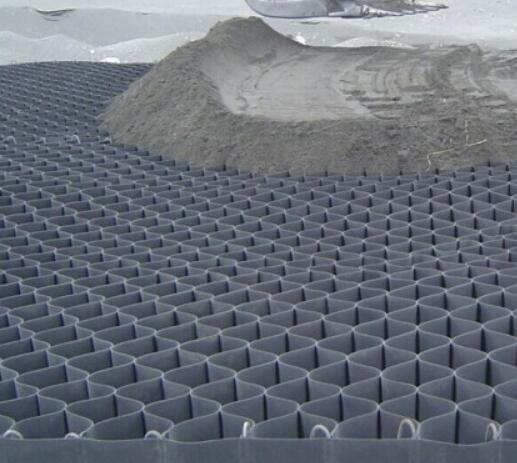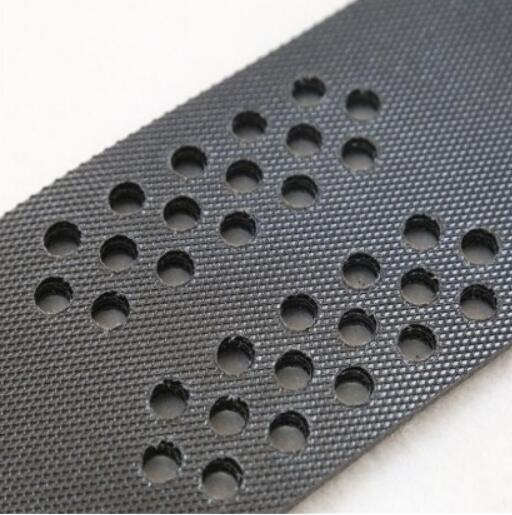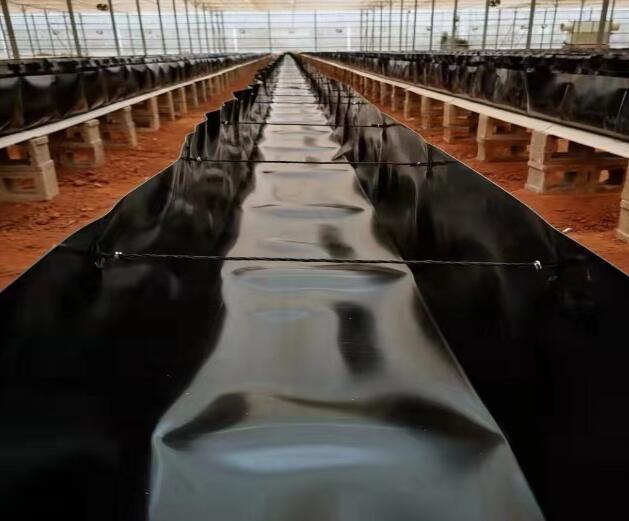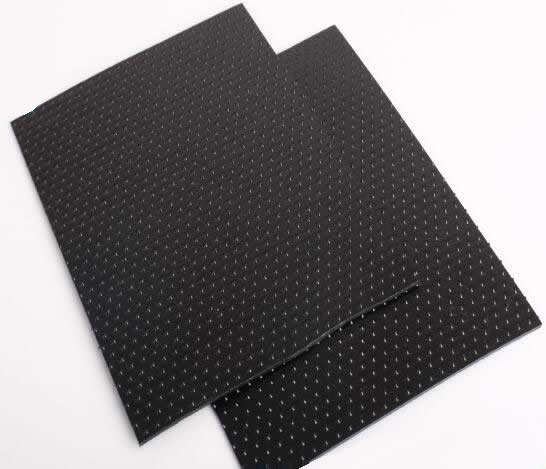- Understanding the Role of Geomembrane Liners in Waste Management
- Innovations in Geomembrane Liners for Water Management
- Geomembrane Liners: A Comprehensive Guide
- The Future of Geomembrane Liners in Civil Engineering
- Geomembrane Liners: Enhancing Landfill Stability
Manager:Alvin Wang
WhatsApp:+62 8983806051
Tel:+86 10-5797-1075
Email:steelwang@okorder.com
Address:3rd Floor, No.2 Building, No.1 Sanlihe Road
How long can you leave bentonite clay on your skin?
Bentonite clay has been used for centuries to detoxify, cleanse and rejuvenate the skin. This is a natural treatment that can be used in facial and body wraps hence its popularity in various skincare regimens. One of the frequently asked questions regarding bentonite clay is: How long can one leave it on their skin?
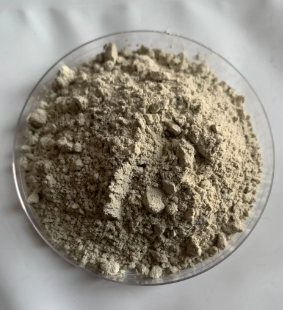
Recently, there has been a concept called “bentonite blanket” which advocates prolonged contact with bentonite clay for more benefits. Can you safely keep bentonite clay on your body for an extended period? Let us dig deep into it further.
Understanding Bentonite Clay
Before we get to its application length, we need to know what bentonite clay is and how we use it. Volcanic ash forms the bentonite clay which contains minerals like calcium, magnesium, silica, sodium and iron among others in abundance. It has high absorbency due to its unique characteristics that allow it to draw toxins away from the skin as well as impurities and excess oil.
When applied topically bentonite clay works as a magnet attracting dirt bacteria and other pollutants from the surface of our skins. Also by unclogging pores removing dead cells from the skin’s surface helps clear complexion.
Short-Term Application
Many people prefer short-term applications of bentonite-clay masks. This involves applying a thin layer of the mask onto the face after which it dries up within 10-20 minutes before it is wiped off using warm water. These are effective when you want to detoxify your skin quickly or reduce oiliness after washing.
This way of leaving Bentonite clay on your skin for only some moment will see to it that this does not cause excessive drying or irritation that may interfere with most users regardless of if they have sensitive oily or acne-prone skin types. However, ensure that moisturizer is applied after the mask has been washed off to hydrate your skin and keep it balanced.
The Bentonite Blanket Concept
The bentonite blanket describes an extended wearing period of the clay mask on one’s face which usually lasts overnight. Some proponents of this technique argue that more contact helps in deeper detoxification; improved blood circulation, as well as minerals which can be absorbed by skin.
Users are recommended to apply a thick layer of the mask just before bedtime and cover with either a soft cloth or plastic wrap so that it does not dry out. They leave it overnight and believe that this period is long enough for the nutrients from the clay to be absorbed by their skins while impurities are being expelled in order to improve general skin health.
Safety Considerations
However, what are some disadvantages of leaving bentonite clay on your face for longer than required? Being highly absorbent, bentonite clay can also suck away moisture from your skin leading to dryness, irritation or even excessive dehydration if left too long on its surface.
Also, anyone who has sensitive skin or any pre-existing conditions may be more prone to irritations and allergic reactions when exposed to bentonite clay over a prolonged time. It is important always to perform a patch test prior attempting a new skincare regimen involving bentonite clay and discontinue immediately if there is any adverse reaction.
Expert Recommendations
While there is little scientific research on the positive aspects of placing bentonite clay onto skin overnight, skincare professionals do provide some insight into its potential risks and benefits.
However, many experts caution against long-term exposure to bentonite clay on the skin for more than 20 to 30 minutes as this may result in skin irritation, dryness or impairment of natural barrier function. They also recommend following the manufacturer’s instructions for best results and avoiding prolonged stay on contact with the clay.
Alternative Means
For those who want to enjoy bentonite clay benefits without having to risk prolonged exposure, there are other ways to add this natural ingredient into your skincare routine. For example, one can use bentonite clay as a spot treatment for blemishes or a weekly mask for deep cleansing and detoxification.
Alternatively, you may decide to blend bentonite clay with more soothing ingredients such as honey, yogurt or aloe vera gel so that it makes a gentler mask which hydrates more. This will help reduce the drying effects of the clay while still enjoying its detoxifying properties.
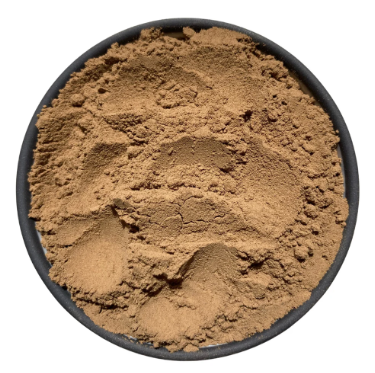
Conclusion
Consequently, although a blanket made from Bentonite sounds good because of its claims about its ability to rejuvenate skins; One must be cautious. Extending time over which bentonite clay stays on top of someone's skin could result in cases drynesss irritations or allergic reactions especially when left overnight.
In most cases, short-term applications involving Bentonite Clay usually last between 10-20 minutes are safe and effective for all types of skin. Nevertheless take into account what your skin tells you so that you adjust what your skincare regimen looks like.
Before attempting any new skincare regime particularly one that involves prolonged exposure to Bentonite Clay consult with either dermatologist or skincare professional to determine if it is suitable for your type of epidermis and condition. With proper care and attention paid towards it means that an individual can benefit from the properties of detoxification and rejuvenation in Bentonite clay yet maintain a healthy and radiant skin.
- Previous:What is a geotextile used for?
- Next:Is bentonite flammable?
-
2024-05-15How long does bentonite waterproofing last?
-
2024-05-15What is bentonite used for?
-
2024-05-15What happens when bentonite gets wet?
-
2024-05-15Does bentonite go bad?


